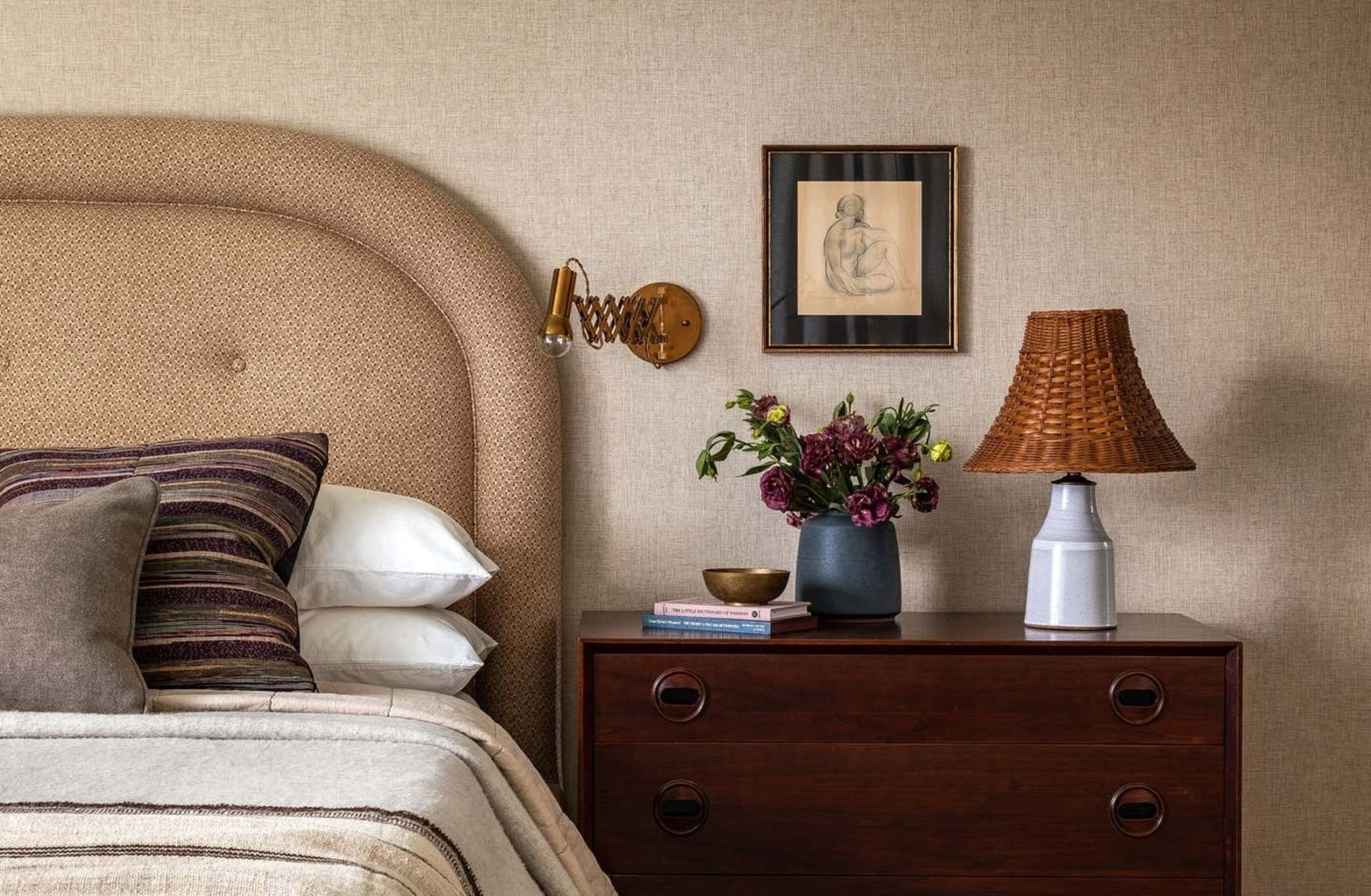
Over the last few years, it has been increasingly trendy to introduce colored lighting to your living space. Be it colored bulbs for your main light fixtures or hidden LED strips behind televisions and frames, lighting has played a key role in dressing up rooms. Thanks to this trend, a room with minimal decor can appear to be fully decorated with just the hit of a switch.
Up until now, we've considered this to be a trend that elevates a room's cool factor but we recently found out that a particular warm hue of light can actually support your sleep cycle, especially when used in the bedroom. After a long day of work, it's always nice to have a deeply relaxing wind-down. Perhaps this means concocting TikTok's tart cherry mocktail or drinking a cup of tea while preparing your space for bedtime. Well, maybe this colored lighting is just what your room is missing.
Despite this color being one of the less acclaimed paint shades for bedroom walls, experts say this lighting can create a zen atmosphere in any modern bedroom. Here's what you need to know.
Unwinding with Red Lighting
Knowing what color is best for sleep can do wonders for your health. We all know the dangers of blue light before bed, but few of us pay attention to the colors we should be surrounding ourselves with instead. While colored bulbs in the bedroom may sound like nothing but a design fad, they can have some serious benefits over traditional white lighting, especially warmer tones.
A recent viral Instagram video, courtesy of wellness influencer Kylah Smook (@cyclewithkylah), displayed her home draped in warm red lighting along with a few glimmering candles completing the aesthetic. In the video, Kylah says that she has started using red lights and candles after dark, instead of her regular light fixtures, and has since felt more grounded and woken up feeling well-rested.
The lights do more than just create a cozy atmosphere, however. Certified sleep science coach Carlie Gasia of Sleepolosis agrees that red light can help promote relaxation, thereby improving sleep quality. She explains that red light has longer wavelengths than other color lights which means it has lower energy levels which can calm the body and mind. 'Red light also does not impact circadian rhythm because it does not affect melatonin production, so even if red light does not have a calming effect on you, it will not harm your sleep,' she explains.

Interestingly, red is typically considered a stimulating color, which means experts generally advise against its heavy use in a bedroom. Psychologists say the color could prevent sleep when bright, saturated red tones are used, instead encouraging deeper hues like burgundy, but that's not the case when it comes to lighting.
Julia Forbes of Sleep Advisor tells us that red bedroom lighting can create a soothing ambiance before going to bed, helping you to sleep better. 'For a good night’s sleep, it is important to have a relaxing bedtime routine so you can wind down and get into a calm mindset for sleep,' she says. 'Red light can be a good addition to signal the body that it is time for bed, which can make it easier to fall asleep.'
If you're considering introducing red light into your nighttime routine, Carlie suggests testing it out with a changeable bulb or lampshade. 'The way we react to light varies, so some may not enjoy red light and it could be distracting for sleep,' she notes. 'So before using red light to help with sleep, make sure it is visually appealing and not too distracting.'
If you feel overstimulated right before going to bed, perhaps red lighting is what you need for a restful night of sleep. Whether it's a deep red lampshade or simply a candle or two, introducing a warm night light to your bedtime ritual has the experts' seal of approval.







